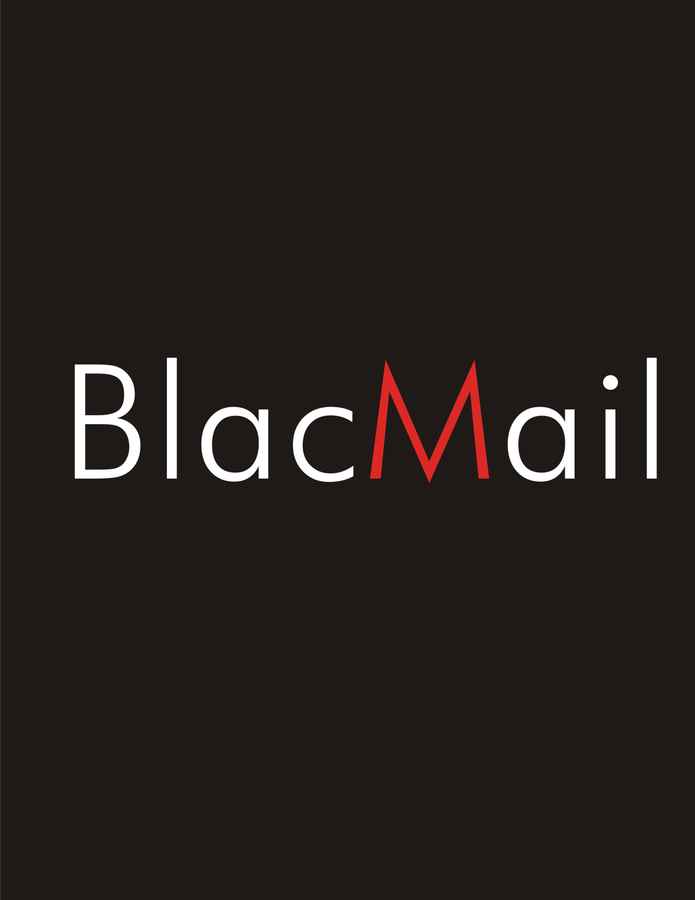Tug of War: Push mail vs. Pull mail

For the first stride, let us take a look at what happens when you access your email account from your PC: Every time your email client (whether it is Thunderbird or GMail’s web interface) refreshes the email in your inbox, whether it is automatically after a set interval, or you refresh it manually, your computer will send a request to your mail provider’s servers. The mail provider then checks for new mail and returns the same to you. This is pull mail, working pretty much like you expect the web to work.
All was hunky-dory in the world of email, until mobiles-dapper-enough-for-email came along. The steps above were followed on the earlier handsets, and they’d flaunt their GPRS capabilities and fetch mail on the go. But with constrictions of battery life and data charges, it was soon realized that the current system of email was not the most efficient for phones. Thus was born Push-mail.
Brought to the fore by RIM’s BlackBerry, this type of mail service eliminates the step where your device needs to send a request to the mail server to fetch mail. BlackBerry, for example, mediates between your mobile and the email provider. Theoretically, the ‘refresh’ done by you, is now done by the servers of the company – after all they’re the one who know first when you get mail. If there is new mail, it is pushed onto your device. Now this is a very important ability: the ability to wake your phone up from stand-by. It is much like sending an SMS. Your phone doesn’t have to be ‘awake’ to receive it, thus, saving battery life. This was not the only reason for BlackBerry’s success though. It was also their proprietary encryption, protocols and near-real-time delivery of mails that made these phones indispensable for many businessmen.
Another way to do the same is using the IMAP IDLE feature of the IMAP protocol. To understand how it works, consider this: Suppose you want certain data from a server. You send a request and wait. If there is no response within a stipulated time, the session gets expired or the packets get lost. In IMAP IDLE, this waiting time is very long. So a message is sent to the server and the phone waits in idle mode while the push-service provider checks for mail at regular intervals. The main constriction of the change of IP or network of the user is solved here by sending a new IMAP IDLE request if the user hops onto another network. Although it is a more widespread alternative, it does not match the efficiency of BlackBerry because you need a constant connection with the server. This creates a problem when your mobile service provider times out idle connections after 5 minutes, hence reconnection and battery kill is required. However, if this doesn’t bother you, then one advantage is that many IMAP IDLE based push-mail clients are free or come bundled with high-end phones. These include: Emose, Yahoo Push Mail, Google Sync etc. for all platforms. K-9 Mail and MailDroid for Android. OviMail and Nokia Messaging in Nokia also work on IMAP IDLE. These clients work with popular email services like GMail, Yahoo, and Microsoft Exchange servers.
BlackBerry is for the elite (their cheapest phone is around Rs. 10,000) and not every phone supports IMAP IDLE. I mean to point out the Java-based mobiles and low to mid-end Nokia phones that the masses love. This is the reason why a common Indian man has probably never used, or even heard of push-mail. This is the reason why we penned down this article. It is not that survival is difficult without push-mail, but instant delivery of emails is bound to attract anyone who needs to check the inbox, due to bindings of profession or obsession. And it is only healthy that like every other technology, push-mail comes to the masses at reduced prices.


